Exhibition
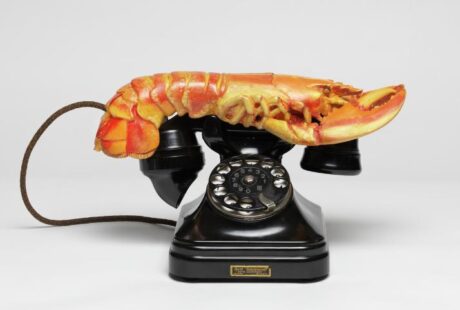
Lobster Telephone or the Aphrodisiac Telephone
Year: 1936
Location: France
Dimensions: 7″x13″
Medium: Real Telephone, Plaster Lobster
Scottish National Gallery of Modern Art
This amazing surrealist sculpture by Salvador Dali can now be found in The Scottish National Gallery of Modern Art. This sculpture was described by Dali as having a “strong sexual connotations”. This is because at the time of its making a lobster was largely sexualized. The lobsters sexual parts are located directly over the telephones mouthpiece. Also, Dali believed that there was no explanation to be made when art was made with two very distinct objects, after all that’s what surrealism stands for, Randomness.
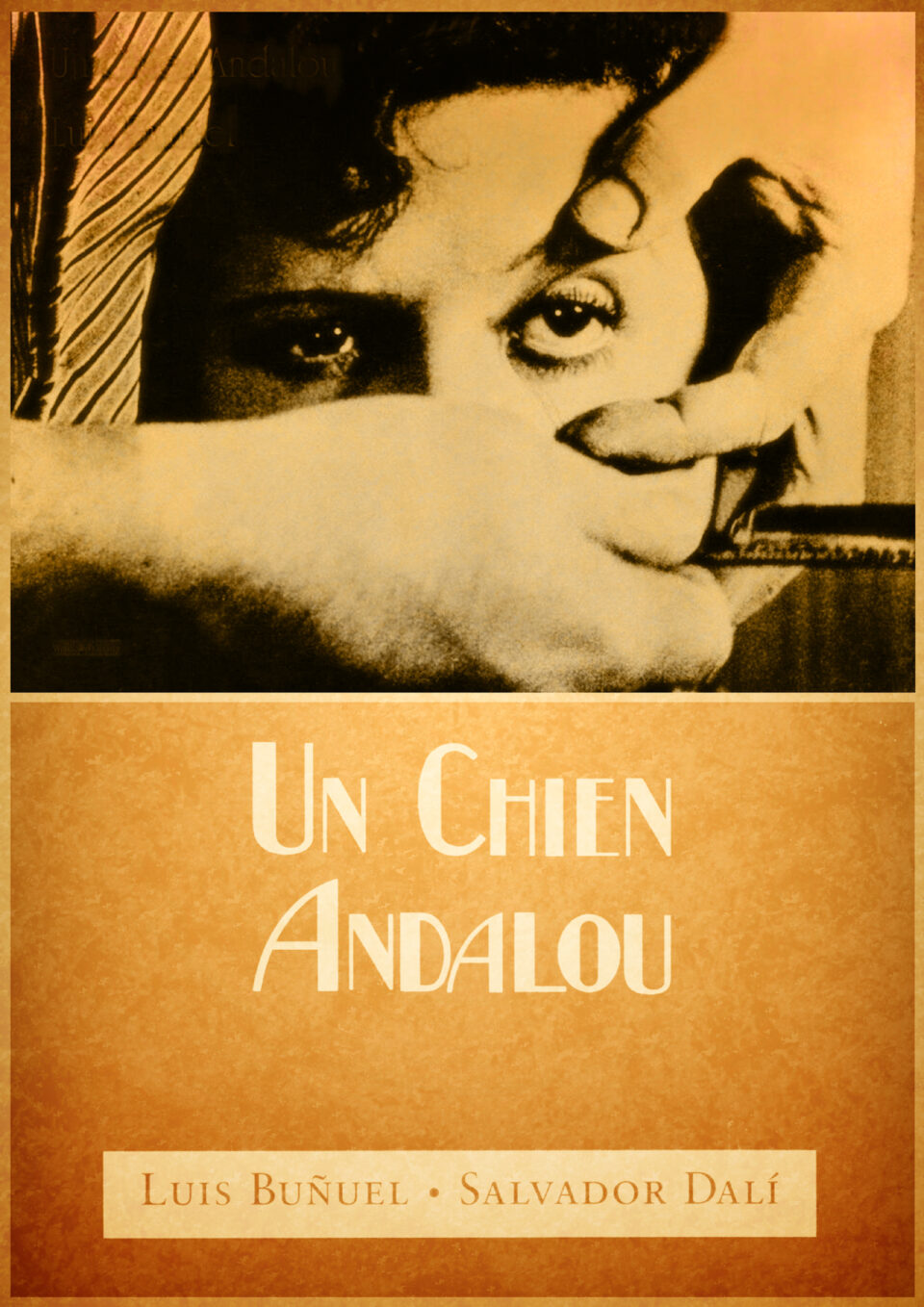
Un Chien Andalou or An Andalusian Dog
Year: 1929
Location: France
Length: 16 minutes
Medium: film
Producers: Salvador Dali and Luis Bunuel
This film was produced by two surrealist artists, Salvador Dali and Luis Bunuel. It was a product of 2 dreams they shared with one another and made it into a film. Salvador Dali’s dream was that of ants crawling on the hand, which in other works we see this repetition of ants in his work. Luis Bunuel’s dream was that of a knife cutting into the eye. These combined with a series of other non-linear events created this very illogical film.

Galatea of the Spheres
Year: 1952
Location: Spain
Dimensions: 25″x21″
Medium: oil painting
Dali Theatre-Museum
This portrait of Salvador Dali’s wife can be found in Figueres, Spain, Dali’s hometown. This specific portrait is very interesting because Dali uses his mathematician and scientific mind to make it. It is composed of spheres that come together to form the Face of Dali’s wife, Gala, while also making the painting seem 3-Dimensional. This painting is said to be inspired by the DNA molecular structure since he also deeply studies the findings of Albert Einstein, whom he admired very much.
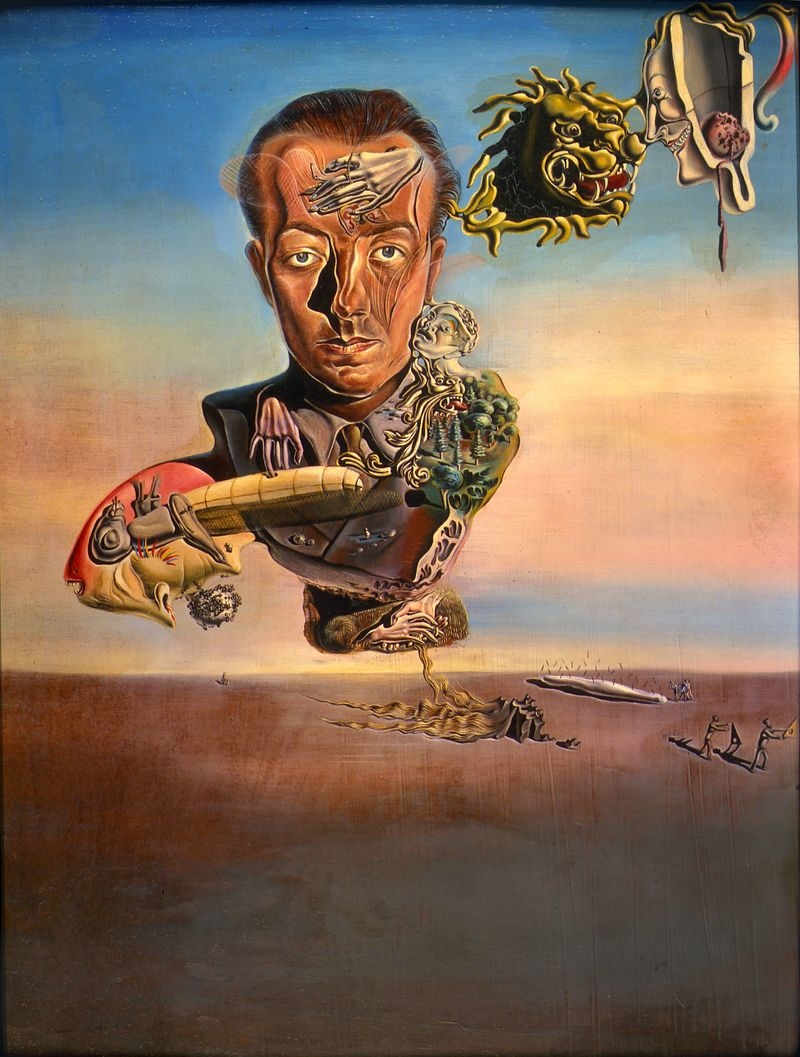
Portrait of Paul Eluard
Year: 1929
Location: New York
Dimensions: 13″x9.8″
Medium: oil painting
This portrait of Salvador Dali’s wife’s ex husband, or the famous French Poet was sold in NY in 1989. It is a Portrait of the French poet Paul Eluard, It was made shortly after he and Dali met. Dali had fallen in love with his wife and was somewhat envious of Eluard; he expressed this through this piece. The empty jug shaped like a female in the upper right hand of the painting is said to represent Gala, she apparently needs to be filled, the lion head touching noses with the jug is said to be Dali. This painting basically shows Dali’s current frustration toward the fact that Gala was then married to Eluard.
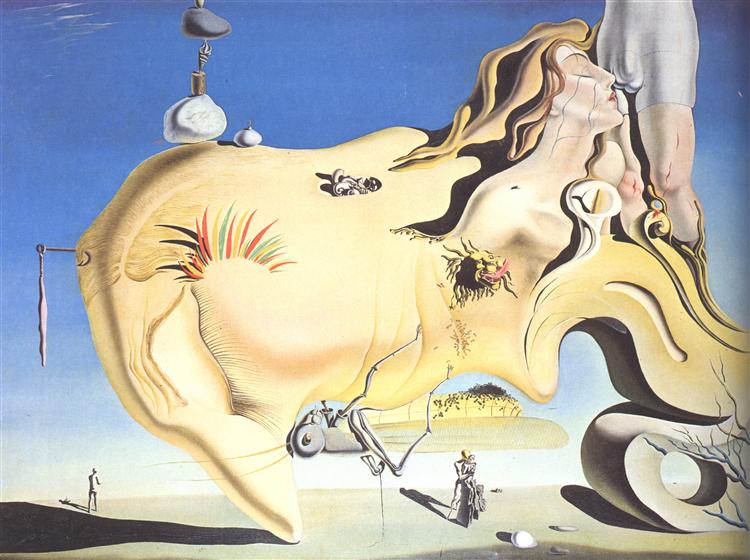
The Great Masturbator
Year: 1929
Location: Museo Nacional Centro de Arte Reina Sofía
Dimensions: 43.3″x59.1”
Medium: oil painting
The Great Masturbator, similarly to the Portrait of Paul Eluard, is an expression of Dali’s sexual frustration, especially with the marriage of Gala and Eluard, even though by the time he painted this, Gala and him were already having an affair. In this painting we see many insects, the ants come up, there’s a big grasshopper hugging the face (self portrait) which is a clear symbol of discomfort given Dali’s fear of insects. A female figure is extruded out of the face, likely to be Gala, this symbolizes his desire towards her.
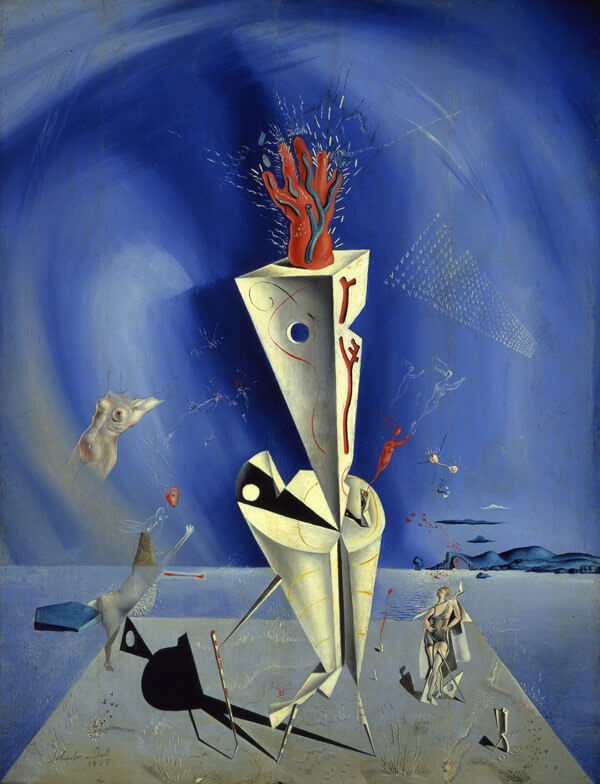
Apparatus and Hand
Year: 1927
Location: Salvador Dali Museum
Dimensions: 24″x18.7”
Medium: oil painting
it is composed of geometries like triangles and cones that seem to be embodying a very abstract man holding a cane, on top of the apparatus’ head there is a red, very clearly made out, hand coming out if it. The apparatus and the hand are at a much larger scale than the rest of the beings surrounding it. To the bottom right there is a very posed, very real, woman looking up at the apparatus, almost flirting with him. To the upper right and the left of the apparatus there is the body of a woman, a horse and a fish, all seem to become transparent at a certain point, ghost like. These all have something to do with sexual desire and the consequences of it.
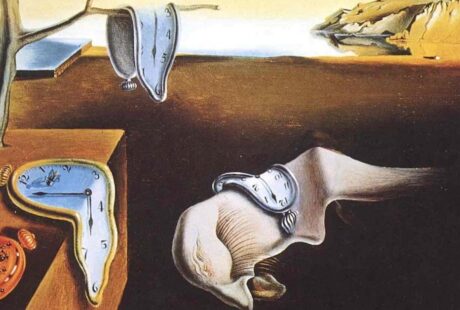
The Persistence of Memory
Year: 1931
Location: MOMA
Dimensions: 9″x13”
Medium: oil painting, bronze
The main focus of this painting are the draping watches, which was inspired by melting Camembert cheese, and seems to be representing the meaning of time, or the loss of meaning of time as we know it. A self portrait of the painter could be seen draping on what seems to be some rocky mountains on top of the face is also a draping watch. Finally, we also see an appearance of ants here too, they seem to be attacking a pocket watch, which is supposed to symbolize decay.

Salvador Dali’s Chupa Chups logo
year: 1969
Dali was commissioned by the world famous lollipop company to create their logo. The result being the “Chupa chups” name in red into a bright yellow, daisy-like shape that was to be placed directly on top of the lollipop. We still know and enjoy these lollipops today in more than 100 different flavors.



